REFRIGERATED CENTRIFUGE
MAKE DINESH SCIENTIFIC
DESCRIPTION
With the use of centrifugal force, materials with varying densities can be separated in a sophisticated laboratory device called a chilled centrifuge. It works on the idea that the denser particles in a sample travel outward and form different layers when it is spun rapidly. The following is a thorough explanation of a chilled centrifuge:
A sophisticated laboratory tool called a chilled centrifuge is used to separate particles according to their density from a liquid mixture. Centrifugal force is utilized by this apparatus to quickly spin samples in a temperature-controlled setting, usually between sub-ambient and room temperature.
FEATURES :
- Benchtop Refrigerated Centrifuge:
- Robust C.R.C. structure with powder-coated finish
- A centrifugal bowl made of stainless steel for added protection and simple cleaning.
- Equipped with an electronic drive and a well balanced brushless motor.
- 20 characters in 4 lines. LCD display for rpm, CF, set and run times, and set times
- There is an automated dynamic brake and an imbalance detector.
MAIN COMPONENTS:
- ROTOR: The sample tubes or containers are held in place by the centrifuge’s rotor. It creates centrifugal force by spinning quickly.
- MOTOR: The rotor is driven by a strong motor, which enables high rotation rates
- CONTROL PANEL: Users can adjust centrifuge process parameters like speed, temperature, and duration via the control panel.
REFRIGERATION SYSTEM:
- This feature separates a conventional centrifuge from a chilled one. It has a cooling system that keeps the centrifugation temperature low, which is essential for protecting the integrity of samples that are sensitive to temperature changes.
FUNCTIONALITY:
- CENTRIFUGATION: The main purpose is to rotate the samples quickly such that the denser components settle to the bottom of the tubes.
- REFRIGERATION: The centrifuge’s internal temperature is regulated by an integrated refrigeration system, which permits sample separation without jeopardizing the integrity of materials that are sensitive to temperature changes
TEMPERATURE CONTROL:
- Depending on the model, the refrigeration system can normally regulate the temperature between below ambient and below zero.
SAFETY FEATURES:
- LID LOCKING MECHANISM: Makes sure the centrifuge lid stays firmly closed while it is in use.
- AUTOMATIC IMBALANCE DETECTION: In the event of an imbalance, stops the centrifuge to protect the samples and the device.
CAPACITY AND SPEED:
- SAMPLE CAPACITY: To handle a variety of sample sizes and kinds, refrigerated centrifuges are available in a range of sizes and rotor designs.
- SPEED CONTROL: Users can adjust the centrifugation settings for various applications using variable speed control.
TECHNICAL DETAILS:
| MODEL | DS-RC-AR |
| Rotor Type | swing-out and angle rotor. |
| Motor | Carbon brushless motor. |
| Speed | 20,000 rpm with no load, includes an alarm for imbalance. |
| Accessories | Provided with accessories for tightening and removing rotors, along with instruction manuals. |
| Lid Locking | Automatic type locking. |
| Temperature Range | -10 to 40°C with radius correction value. |
| Acceleration & Deceleration Time | 15 seconds. |
| Rotors | Supplied with autoclavable rotors (121°C, 20 minutes) and SOFT brake to protect sensitive samples. |
| Display | Full LCD/LED/digital display for time and speed. |
| Water Collection Tray | During cooling, use a tray to catch extra water from the centrifuge chamber. |
| Type | Online UPS |
| Capacity | 1 kVA |
| Backup Time | 1 hour |
| ROTOR | |
| Swing-out Metallic Autoclavable Rotor | Spins 16 x 15 ml and 4 x 50 ml at 4500g, 36 x 7 ml tubes at 4000g, and 2 x 5 MTP / 2 x 2 DWP at 2200g. |
| Rotor Type | Fixed angle metallic autoclavable rotor with rotor lid. |
| Capacity | Spins 30 x 1.5/2 ml tubes at 20,000g. |
| Adapter | Supplied with adapter for 0.2 ml tubes. |


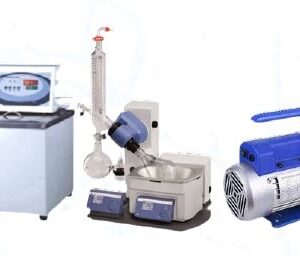
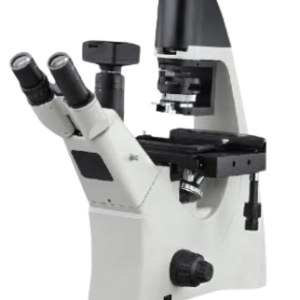

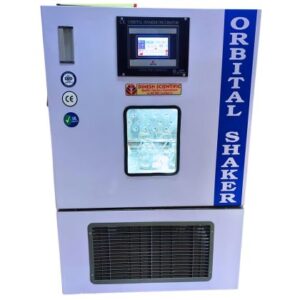
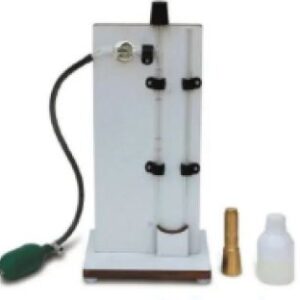



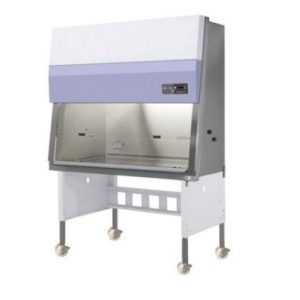
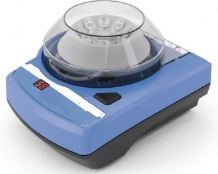


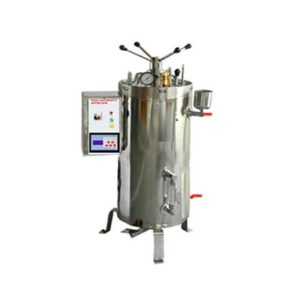

Reviews
There are no reviews yet.